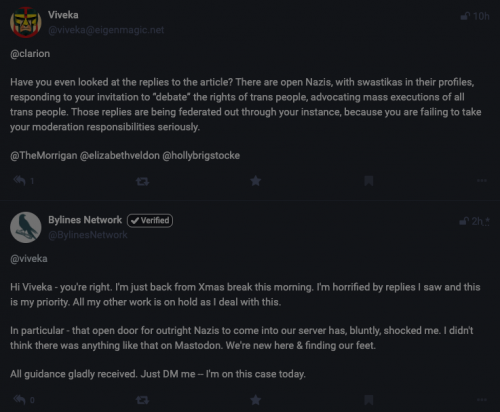The title of this article is a challenge: “I’m a corporate fraud investigator. You wouldn’t believe the hubris of the super-rich.” Oh yeah? Try me. You’d be hard-pressed to tell me about an excess of the wealthy that I wouldn’t believe. And I’m sorry, but the rest of the article is the expected litany of banal privilege: expensive cars, jets, and yachts, tax fraud, organized crime, lies, threats, growing corruption. Ho hum. There’s no such thing as an ethical multi-millionaire, as I expect we’ve all learned.
I did appreciate the core message, though.
There is something unique to our era that encourages the charlatan. As well as investigating corporations, I am also a novelist, and I think we live in the age of the corporate fairy-tale: a magical land of unicorns and eternal growth. “What’s the story?” investors like to ask about the latest hot start-up, willing the narrative to be true even as they live the myth of their own absolute rationality.
Elon Musk once said: “Brand is just a perception, and perception will match reality over time.” Put another way, if the emperor believes he is wearing wonderful clothes, others will start to believe it too. When I was researching my debut novel, in which a tyrant’s wife stands trial for her husband’s corruption, I found someone else making an eerily similar point to Musk. It wasn’t from another business leader; it was Imelda Marcos. “Perception is real,” the wife of the former Philippines dictator said. “And the truth is not.”
The ultra-rich are all in the business of selling an illusion. All the criminality and corruption is leaving the illusion in tatters, though, let’s hope that more people will see through the game.













